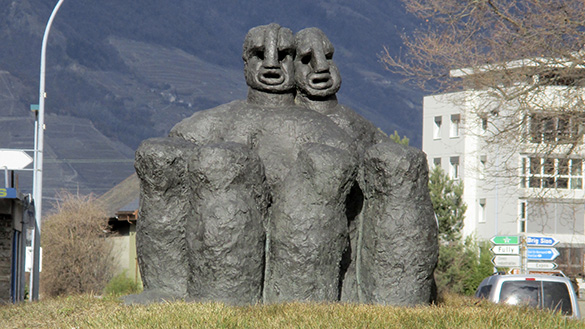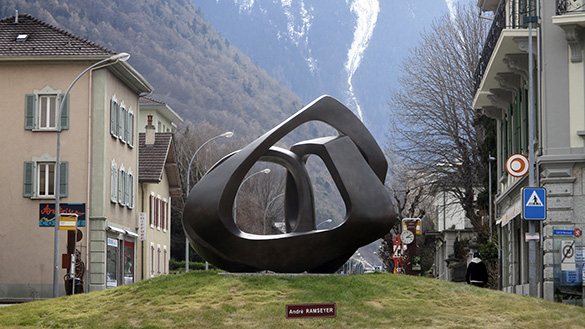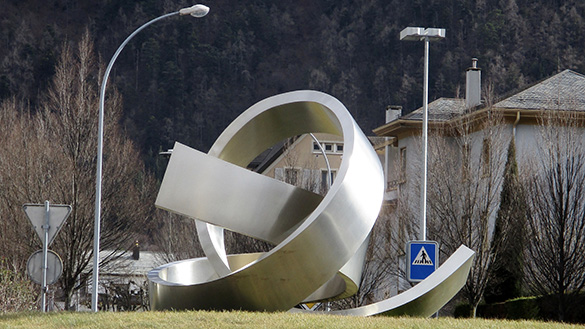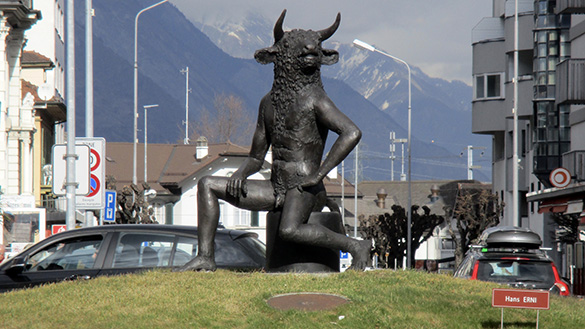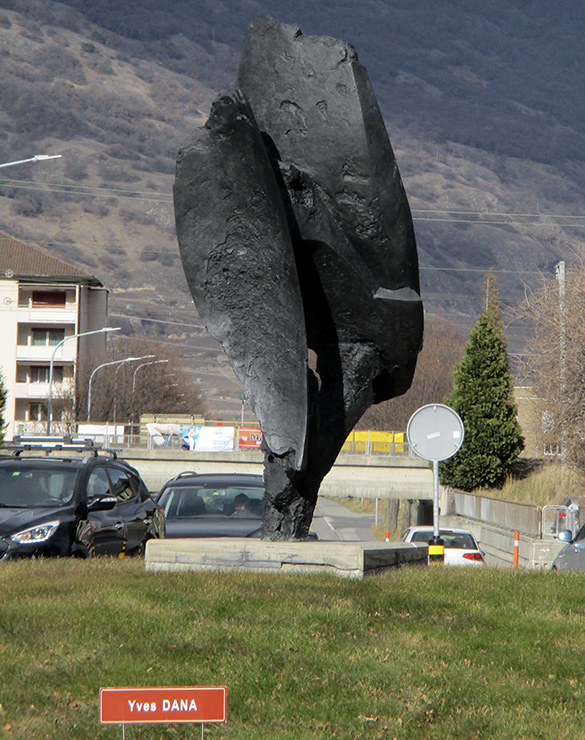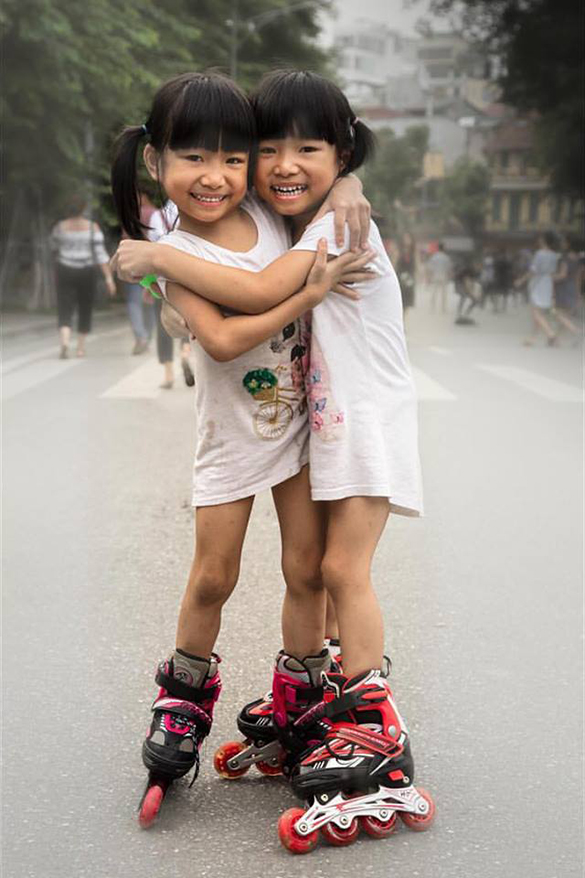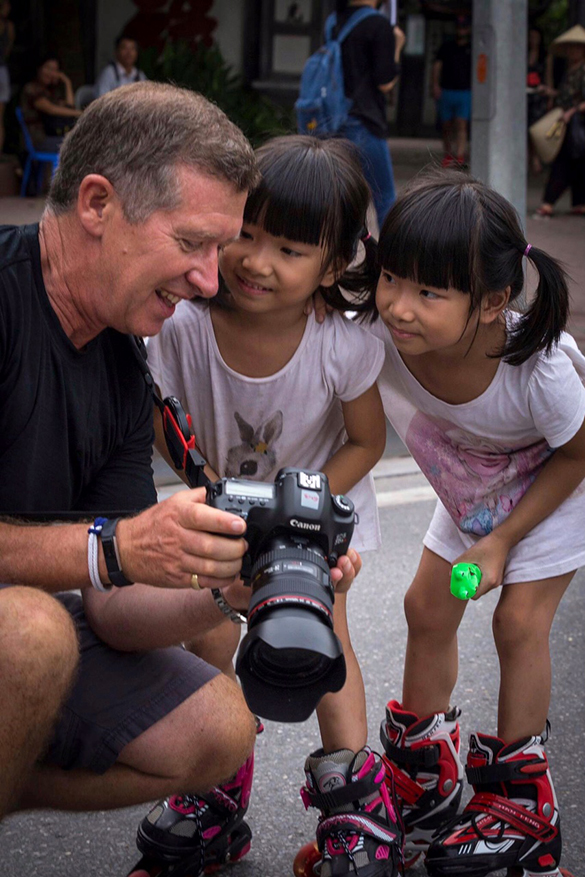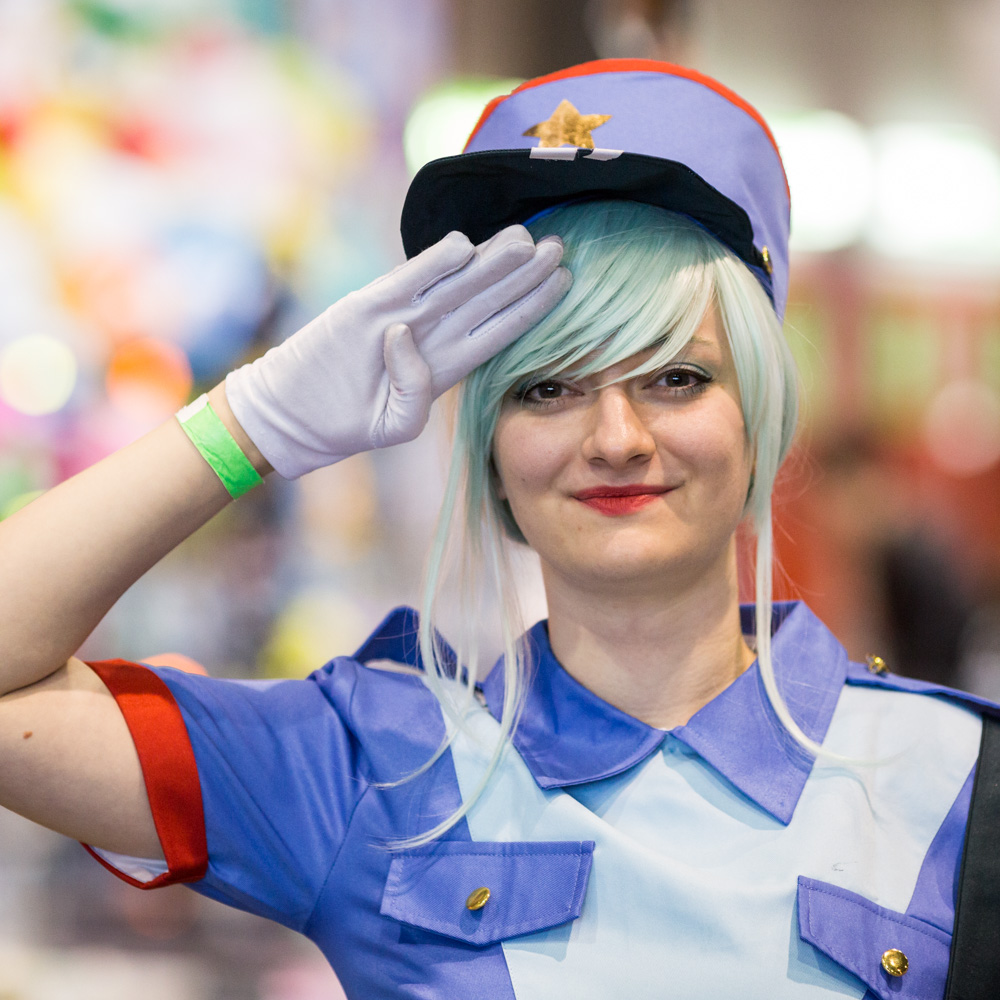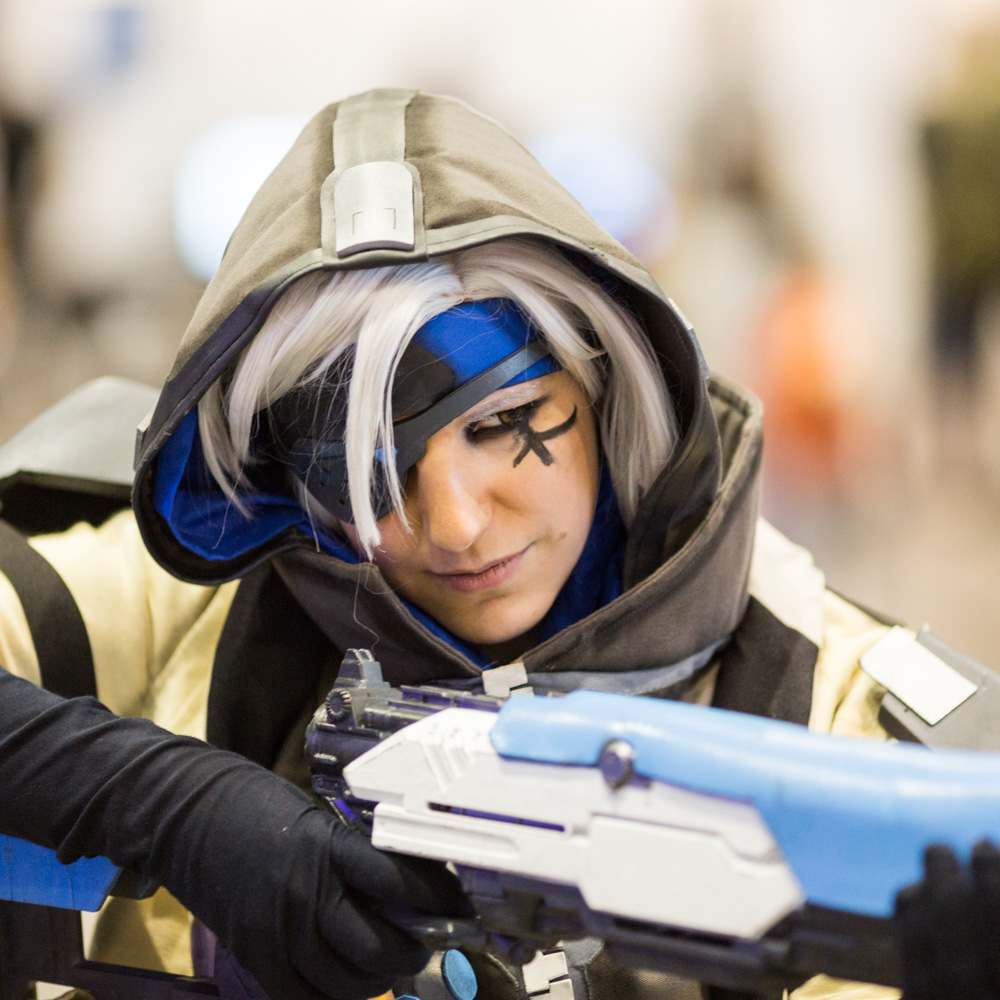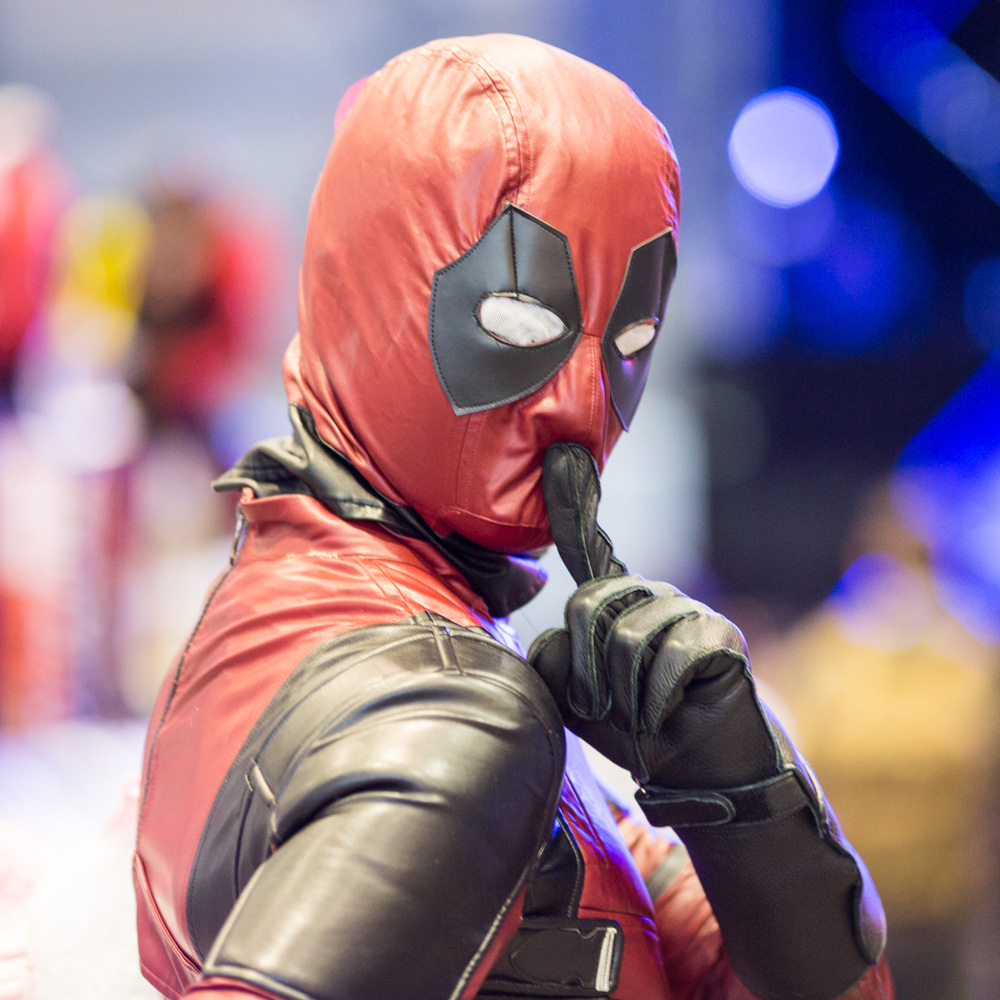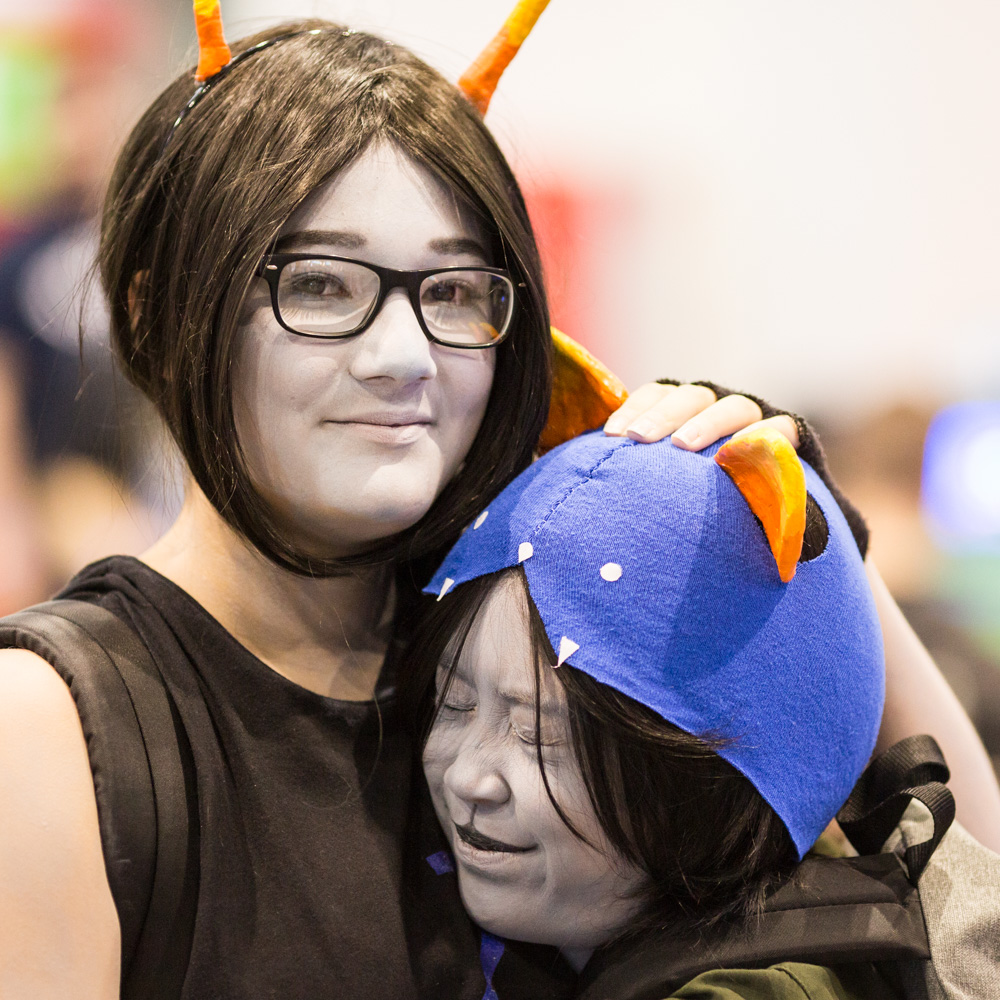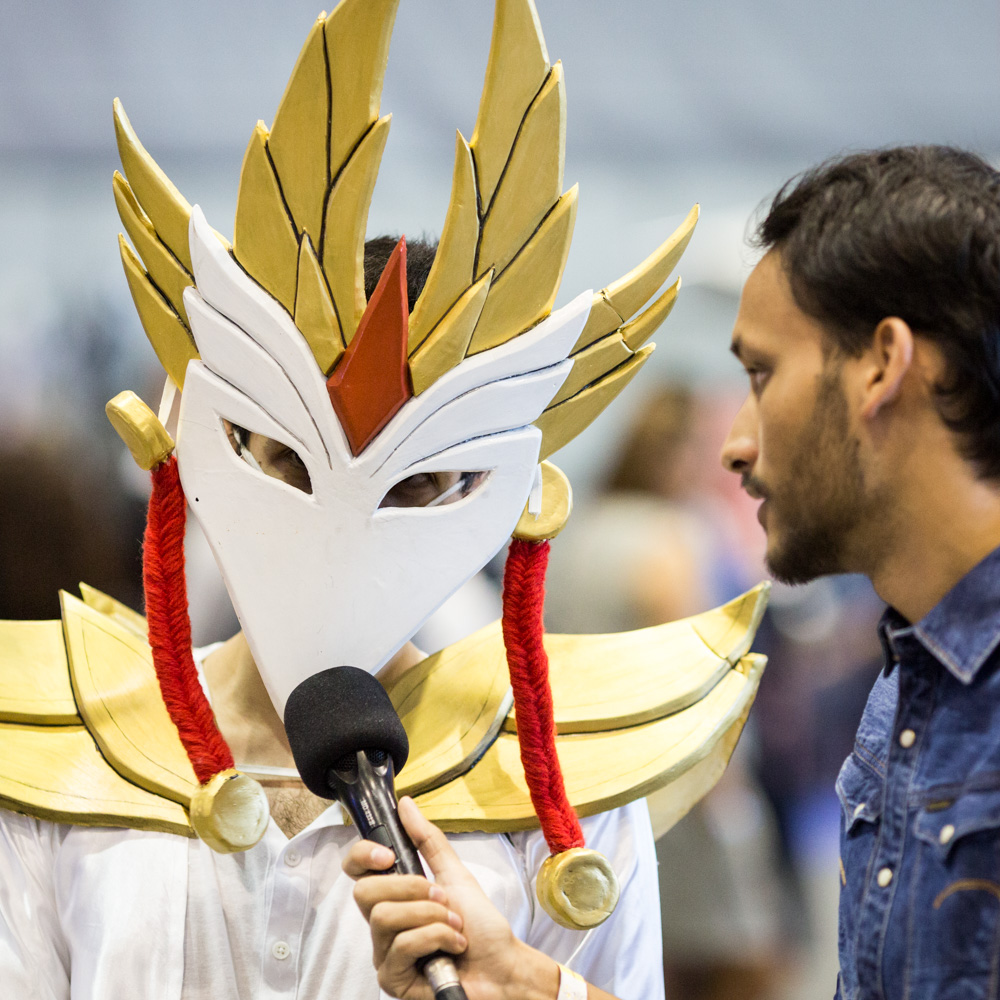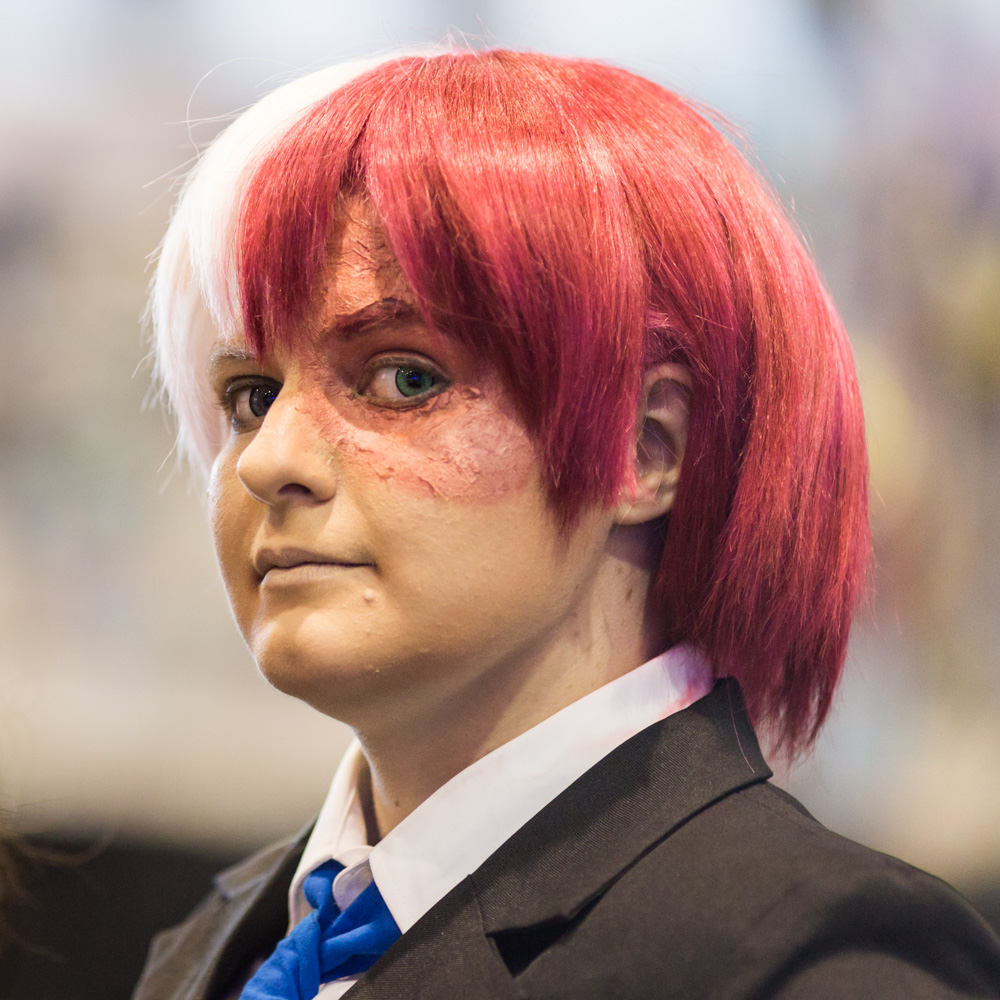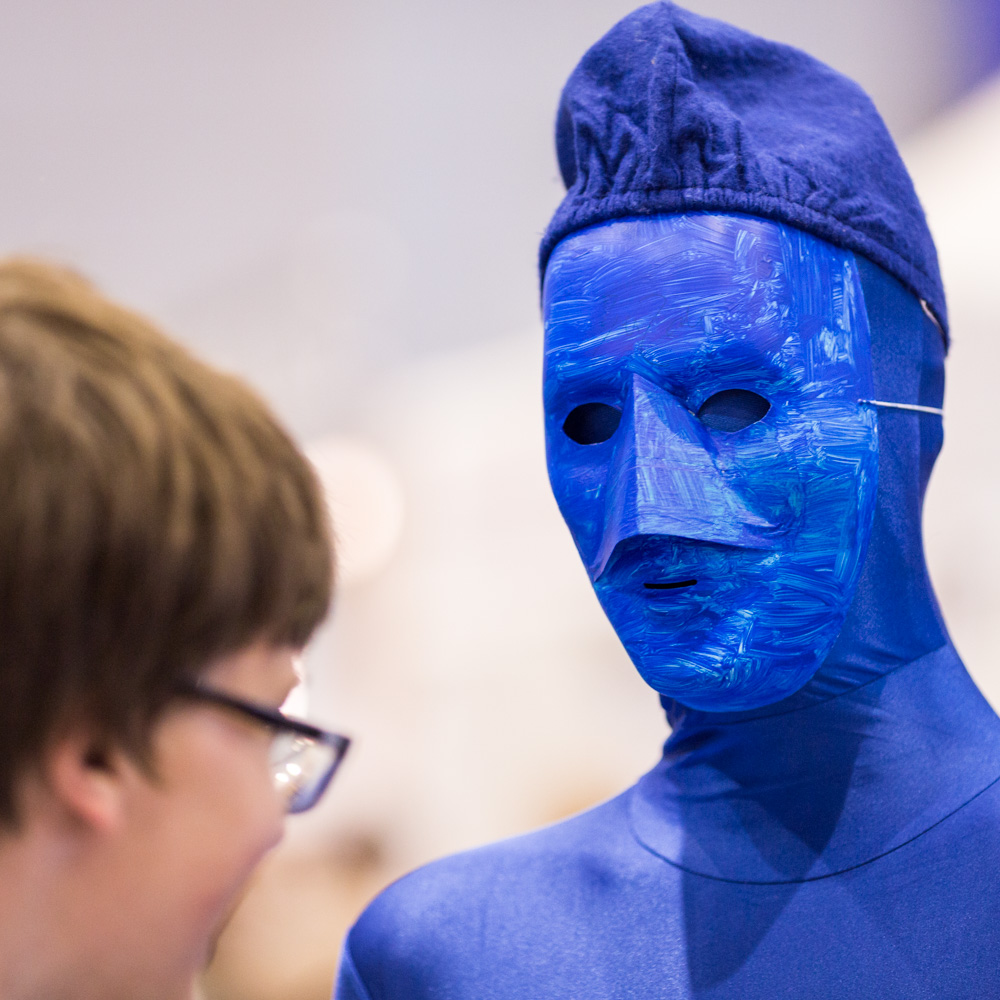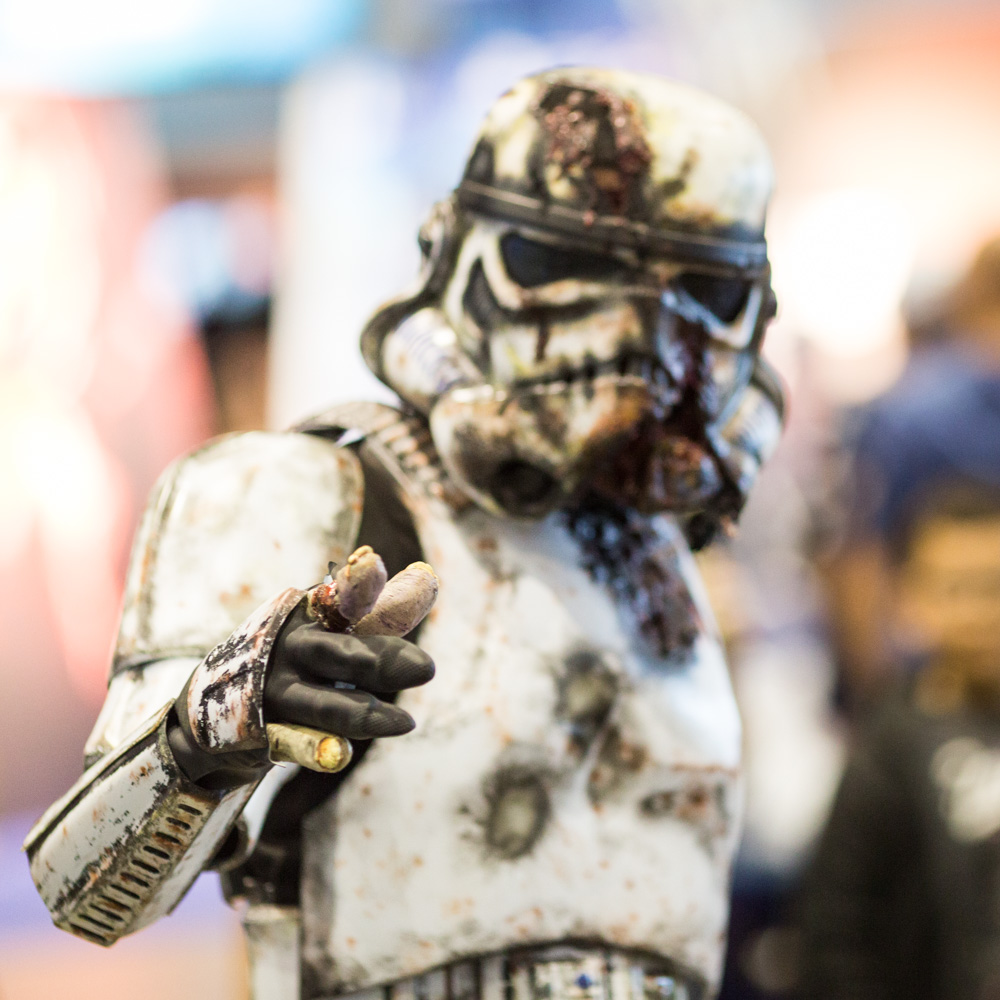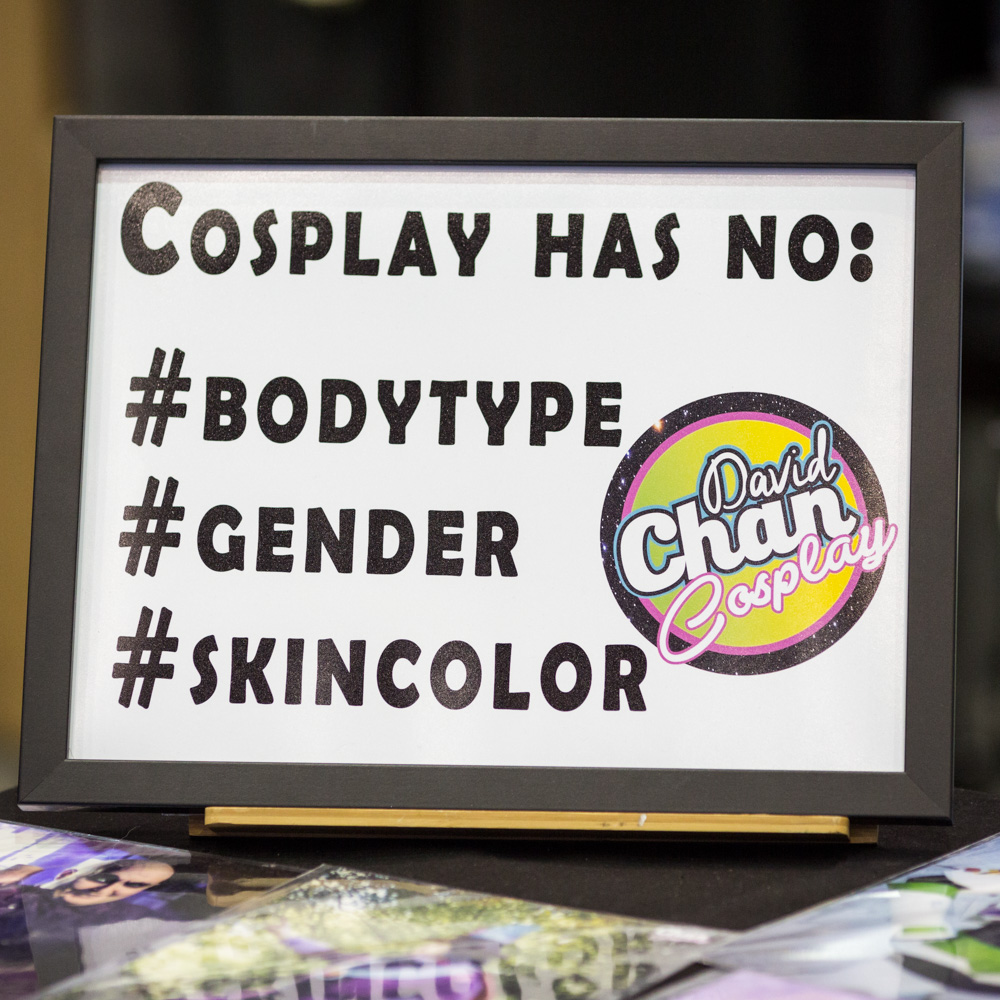I am in Martigny, le Valais, Switzerland. The small town sits comfortably in the Rhone valley surrounded by precipitous mountains. Travelling to ski in Zermatt, Verbier or Crans-Montana, you are likely to pass through here. Historically, it is a gateway to the high passes that access southern Europe. There are the remains of an old Roman fort. It is the hub of a centuries-old wine growing tradition. It is also a surprisingly rich centre for “modern art” (whatever the phrase means) and is home to the Gianadda Foundation.
My first impression is that of a clean and quiet town. It seems that the inhabitants of Martigny go about their business quietly and in an orderly fashion. Careful drivers of German cars respect the speed limits, each other and those on foot. The first impression lasts. A stroll around the streets instills a feeling of calm. For a moment, I thought I had come across the Big Luggage People from Amsterdam!
The major difference between this Swiss town and others is the roundabouts. In Martigny, each is a carefully maintained grassy dome on top of which sits an intriguing if not beautiful contemporary sculpture.
Josef Staub’s massive ribbon of twisted stainless steel catches my eye. It reminds me of Gayle Hermick’s “Wandering the immeaasurable.”
The streets provide a unique big sculpture exhibition that’s worth a visit. You can find this work by Hans Erni only fifty metres from the railway station.
More gratifying than finding these wonders so well presented in the streets of such a town is that the brave sculptors who have allowed their souls to be bared are adequately acknowledged with handsome little signs bearing their names. These signs face the traffic coming into each roundabout; I imagine this is so the names can be read by drivers and pedestrians alike. Fantastic! Such thoughtful practice is rare in the domain of big public sculpture. Bravo, Martigny!

